Home>Garden Essentials>Garden Plants>Where Does Creeping Thyme Grow
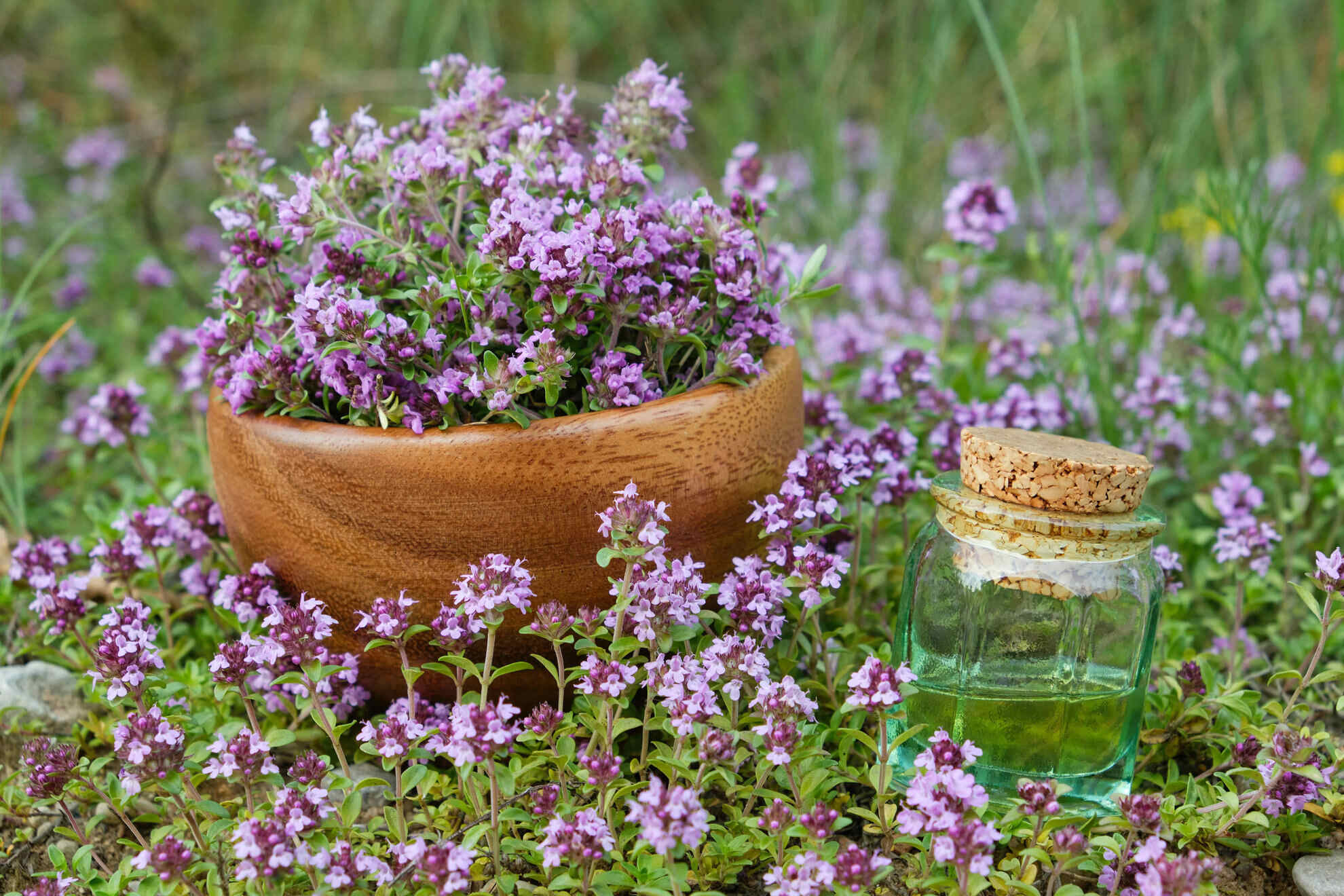

Garden Plants
Where Does Creeping Thyme Grow
Modified: May 6, 2024
Discover where creeping thyme plants grow and how to cultivate these beautiful groundcovers. Find out the ideal growing conditions and care tips for thriving thyme plants in your garden.
(Many of the links in this article redirect to a specific reviewed product. Your purchase of these products through affiliate links helps to generate commission for Storables.com, at no extra cost. Learn more)
Introduction
Welcome to the fascinating world of creeping thyme! This versatile and aromatic plant has gained popularity among both gardening enthusiasts and landscaping professionals for its enchanting beauty and practical benefits. In this article, we will explore where creeping thyme grows and delve into its natural habitats, cultivation requirements, landscaping uses, and the potential issues you may encounter when growing this wonderful plant.
Creeping thyme, scientifically known as Thymus serpyllum, is a low-growing perennial herb that belongs to the mint family, Lamiaceae. It is native to Europe, where it has thrived for centuries in various environments. With its small, fragrant leaves and delicate clusters of flowers, creeping thyme adds charm and elegance to any garden or landscape.
Key Takeaways:
- Creeping thyme, native to Europe, thrives in mountainous regions, meadows, coastal areas, alpine environments, and rock gardens. Its adaptability makes it a versatile and resilient plant for various natural habitats.
- Cultivating creeping thyme is relatively straightforward, offering benefits such as ground cover, aromatic foliage, pollinator attraction, low maintenance, and potential culinary and medicinal uses. However, it requires proper care to manage potential issues like overwatering and competing weeds.
Read more: Where Does Red Creeping Thyme Grow
Overview of Creeping Thyme
Creeping thyme, also known as mother of thyme or wild thyme, is a hardy and resilient plant that spreads horizontally, forming a dense and fragrant mat close to the ground. It typically grows to a height of only a few inches, making it ideal for ground cover in gardens, rockeries, and pathways.
The leaves of creeping thyme are small, oval-shaped, and have a dark green color. They are highly aromatic, exuding a pleasant fragrance when crushed or brushed against. The flowers of creeping thyme vary in color and can range from pink, mauve, or lavender to white. These flowers attract pollinators, such as bees and butterflies, making creeping thyme not only visually appealing but also beneficial for the overall biodiversity of your garden.
One of the remarkable characteristics of creeping thyme is its ability to withstand drought and poor soil conditions. It is a resilient plant that thrives in well-drained soil and can tolerate sandy or rocky soils. With adequate sunlight and minimal water requirements, creeping thyme is an excellent choice for low-maintenance landscapes.
As a perennial plant, creeping thyme retains its foliage throughout the year, providing continuous ground cover and adding color and texture to your garden, even during the winter months. Its evergreen nature makes it an attractive option for year-round interest and beauty.
In addition to its ornamental qualities, creeping thyme has been used for centuries for its culinary and medicinal properties. The leaves of creeping thyme have a distinct flavor and aroma, similar to that of its close relative, garden thyme (Thymus vulgaris). It is often used as a seasoning in cooking, adding a unique and delightful taste to various dishes.
Medicinally, creeping thyme has been traditionally used as a herbal remedy for digestive issues, coughs, and respiratory ailments. It is also believed to have antimicrobial and antioxidant properties. However, it is important to note that the medicinal uses of creeping thyme should be approached with caution and under the guidance of a healthcare professional.
Environmental Requirements of Creeping Thyme
Creeping thyme is a plant that thrives in specific environmental conditions. Understanding its requirements will help ensure its successful growth and development in your garden or landscape. Here are the key environmental factors that creeping thyme needs:
- Sunlight: Creeping thyme flourishes in full sun or partial shade. It requires at least 6 hours of direct sunlight per day to maintain its compact growth and vibrant foliage. Insufficient sunlight can lead to leggy growth and diminished flowering.
- Soil: Well-drained soil is essential for creeping thyme. It prefers soil with a slightly alkaline to neutral pH range (around 7.0), but it can tolerate slightly acidic soil as well. Sandy or rocky soils are ideal, as they provide proper drainage and prevent waterlogged conditions that can lead to root rot.
- Moisture: Creeping thyme is drought-tolerant once established and is more susceptible to root rot in overly wet conditions. It is important to avoid overwatering and allow the soil to dry out between waterings. Water deeply but infrequently, providing sufficient moisture to the plant’s roots without saturating the soil.
- Temperature: Creeping thyme is resilient and can tolerate a wide range of temperatures. It is hardy in USDA zones 4 to 9, withstanding both cold winters and hot summers. However, extreme heat or prolonged periods of freezing temperatures can stress the plant and affect its growth.
- Fertilizer: Creeping thyme is a relatively low-maintenance plant that does not require excessive fertilization. In fact, too much fertilizer can cause excessive leaf growth and hinder blooming. It is recommended to incorporate compost or well-decomposed organic matter into the soil before planting to provide natural nutrients for the plant.
By providing the appropriate environmental conditions, you can support the healthy growth and development of your creeping thyme plants, ensuring that they flourish and provide you with their delightful fragrance and visual charm for years to come.
Natural Habitats of Creeping Thyme
Creeping thyme is native to Europe, where it can be found growing in a variety of natural habitats. Its adaptability allows it to thrive in diverse environments, making it a highly versatile and resilient plant. Here are some of the natural habitats where creeping thyme is commonly found:
- Mountainous Regions: Creeping thyme is well-suited to growing in mountainous regions where it can be found clinging to rocky slopes and crevices. Its low-growing habit and ability to withstand harsh conditions make it ideal for colonizing rocky terrain where other plants may struggle to survive.
- Meadows and Grasslands: Creeping thyme is often found in meadows and grasslands, where it adds a touch of color and fragrance to these natural environments. Its ability to tolerate dry conditions and compete with grasses and other wildflowers makes it a common plant in grassland ecosystems.
- Coastal Areas: Due to its tolerance for well-drained sandy soils, creeping thyme can be found along coastal areas, particularly in dunes and coastal grasslands. Its low-growing nature helps stabilize the soil and prevents erosion, making it an important component of coastal ecosystems.
- Alpine Regions: Creeping thyme is well-adapted to alpine environments, where it can withstand cold temperatures, strong winds, and thin soils. Its ability to form a dense mat close to the ground provides protection against the harsh conditions found at high altitudes.
- Rock Gardens: Creeping thyme is a popular choice for rock gardens, both in its natural habitats and in cultivated landscapes. Its creeping habit allows it to cascade over rocks, adding texture and color to these unique garden features.
These natural habitats provide insight into the environments in which creeping thyme thrives. By understanding its natural preferences, you can replicate these conditions to create a suitable growing environment for creeping thyme in your own garden or landscape.
Geographic Distribution of Creeping Thyme
Creeping thyme, or Thymus serpyllum, has a wide geographic distribution, primarily across Europe and parts of North America and Asia. It has naturalized in many regions beyond its native habitats, thanks to its adaptability and ability to grow in various climates. Here is an overview of the geographic distribution of creeping thyme:
- Europe: Creeping thyme is native to Europe, where it has a widespread distribution. It can be found in countries such as the United Kingdom, France, Germany, Italy, Spain, and Greece. Its natural habitats range from mountainous regions to coastal areas, meadows, and grasslands.
- North America: Creeping thyme has been introduced and naturalized in parts of North America. It is commonly found in the United States, particularly in the northeastern and central regions. It is also present in Canada, mainly in provinces like Ontario and British Columbia.
- Asia: Creeping thyme has made its way to Asia, where it can be found in countries such as Russia, China, Japan, and Korea. Its adaptability to different growing conditions has allowed it to establish itself in various regions of the continent.
- Australia and New Zealand: Creeping thyme has been introduced and cultivated in Australia and New Zealand, primarily for its ornamental and aromatic qualities. It is often used in landscapes and gardens for its ability to provide ground cover and add fragrance to outdoor spaces.
- Other Regions: Creeping thyme has also been introduced to other parts of the world, including South Africa and South America. Its ability to tolerate a range of climates and thrive in different environmental conditions has allowed it to successfully establish itself in these regions as well.
The geographic distribution of creeping thyme demonstrates its adaptability and popularity as a garden and landscaping plant. Its hardiness and ability to grow in various regions make it a versatile choice for individuals looking to add beauty, fragrance, and functionality to their outdoor spaces.
Creeping thyme grows best in well-drained soil and full sun. It is drought-tolerant and can thrive in various soil types, making it a versatile ground cover option for gardens and landscapes.
Read more: Where Is Red Creeping Thyme Native To?
Cultivation of Creeping Thyme
Cultivating creeping thyme is relatively straightforward, making it a popular choice for both experienced gardeners and beginners. Here are some key steps and considerations for successfully growing creeping thyme:
- Planting: Creeping thyme can be propagated from seeds, cuttings, or by dividing established plants. It is best to plant creeping thyme in the spring or fall when the weather is mild. Choose a sunny location with well-drained soil, and prepare the planting area by removing any weeds or grass. Dig a hole slightly wider and deeper than the root ball, place the plant in the hole, and backfill with soil, gently firming it around the roots.
- Spacing: When planting creeping thyme, spacing will depend on the desired coverage and growth habit. For a dense ground cover, space plants around 6 to 12 inches apart to allow them to fill in the space over time. If you’re planting in between pavers or rocks, space them closer together for a more immediate effect.
- Watering: While creeping thyme is drought-tolerant, it is important to provide adequate water during the establishment period. Water the plants thoroughly after planting and continue to water regularly for the first few weeks until they develop a strong root system. Once established, creeping thyme requires minimal watering, as overwatering can lead to root rot.
- Maintenance: Creeping thyme is a low-maintenance plant, requiring minimal care. Regularly removing weeds and dead foliage will help promote healthy growth. Light pruning in the spring can be done to tidy up the plant and maintain its shape. Avoid excessive pruning, as it can delay flowering.
- Fertilization: Creeping thyme does not typically require heavy fertilization. Applying a light application of compost or a balanced organic fertilizer in the spring can provide the necessary nutrients for healthy growth. Avoid overfertilizing, as it can lead to excessive leaf growth at the expense of flowering.
- Winter Protection: Creeping thyme is a hardy plant that can withstand cold temperatures, but in areas with severe winters, providing some protection can be beneficial. Applying a layer of mulch around the plants in late fall can help insulate the roots and protect them from frost heave.
With proper care and attention, creeping thyme will establish itself and create a stunning ground cover in your garden or landscape. Its versatility, resilience, and low-maintenance nature make it an excellent choice for adding beauty, fragrance, and functionality to outdoor spaces.
Landscaping Uses of Creeping Thyme
Creeping thyme is a versatile and visually appealing plant that offers numerous landscaping opportunities. Its low-growing habit, aromatic foliage, and colorful flowers make it a popular choice for various applications in landscape design. Here are some of the key landscaping uses of creeping thyme:
- Ground Cover: Perhaps the most common and popular use of creeping thyme is as a ground cover plant. Its ability to form a dense mat close to the ground makes it an excellent choice for filling in bare patches and creating a lush and green carpet-like effect in your garden. It can be used to cover large areas or as an accent among other plants.
- Rock Gardens: Creeping thyme’s trailing and cascading growth habit lends itself perfectly to rock gardens. It can be planted in between rocks or along the edges of stone walls, softening the hard lines and adding a touch of vibrancy to these hardscape features. The fragrant foliage and delicate flowers create a pleasing contrast against the roughness of the rocks.
- Pathway Borders: Creeping thyme creates a beautiful border along pathways and stepping stones. Its low height and sprawling growth habit make it an ideal choice for defining and enhancing the edges of walkways. As you walk, the fragrance of the thyme leaves is released, creating a delightful sensory experience.
- Slopes and Erosion Control: Due to its ability to spread and form a dense ground cover, creeping thyme can be used on slopes and hillsides to help prevent erosion. Its extensive root system helps stabilize the soil, preventing it from washing away during heavy rains. Planting creeping thyme on slopes not only provides erosion control but also adds beauty to otherwise challenging areas.
- Container Gardening: Creeping thyme can be successfully grown in containers, making it a versatile option for those with limited space or wanting to add a touch of greenery to patios, balconies, or rooftops. Select low and wide containers that allow the thyme to spread and cascade over the edges. It works well as a standalone planting or when combined with other herbs or flowering plants.
- Aromatic Gardens: The pleasant fragrance emitted by the leaves of creeping thyme makes it a wonderful addition to aromatic gardens. Its aromatic qualities add sensory value to the garden, creating a sensory retreat where you can enjoy the soothing scents as you stroll through your outdoor space.
With its versatility and aesthetic appeal, creeping thyme offers a wide range of landscaping uses. By incorporating this captivating plant into your landscape design, you can create visually pleasing and functional outdoor spaces that are sure to delight both you and your visitors.
Benefits of Growing Creeping Thyme
Growing creeping thyme in your garden or landscape offers a myriad of benefits beyond its visual appeal. From its practical uses to its ecological contributions, here are some of the key benefits of cultivating creeping thyme:
- Ground Cover: One of the primary benefits of creeping thyme is its ability to provide effective ground cover. Its dense mat-like growth helps suppress weed growth and reduce the need for excessive mulching or herbicide use. It fills in bare spots, preventing soil erosion and creating a uniform and attractive appearance.
- Aromatic Foliage: Creeping thyme is renowned for its delightful fragrance. The aromatic oils released by its leaves create a pleasant and soothing ambiance, particularly when brushed against or crushed. Simply walking on the thyme plants can release a refreshing scent, adding to the sensory experience of your garden.
- Pollinator Attraction: Creeping thyme’s small, vibrant flowers are a magnet for pollinators, such as bees and butterflies. These pollinators play a crucial role in the ecosystem by facilitating plant reproduction and ensuring biodiversity. By growing creeping thyme, you are supporting pollinator populations and contributing to the overall health of your garden ecosystem.
- Low Maintenance: Creeping thyme is a low-maintenance plant, requiring minimal attention and care. Once established, it is drought-tolerant and can survive in poor soil conditions. Its resilience means less watering, fertilizing, and pruning compared to other plants, making it an ideal choice for those who prefer low-maintenance landscaping.
- Aesthetically Pleasing: With its vibrant green foliage and delicate flowers in various hues, creeping thyme adds visual interest and beauty to any garden or landscape. Its low-growing habit and cascading growth make it an excellent choice for adding texture and color to rockeries, pathways, and borders. It creates a lush and inviting atmosphere that enchants both homeowners and visitors alike.
- Culinary and Medicinal Uses: Creeping thyme is not only aesthetically pleasing but also has practical uses. Its leaves can be used as a flavorful herb in cooking, imparting a delightful aroma and taste to dishes. Additionally, creeping thyme has been used in traditional medicine for its potential digestive and respiratory benefits. However, it is important to consult with a healthcare professional before using it medicinally.
By growing creeping thyme in your garden or landscape, you not only enhance the visual appeal of your outdoor space but also contribute to the ecological balance and enjoy practical benefits. From its ability to provide ground cover and attract pollinators to its low-maintenance nature and potential culinary and medicinal uses, creeping thyme is a valuable addition to any garden.
Potential Issues with Growing Creeping Thyme
While creeping thyme is generally a resilient and low-maintenance plant, there are a few potential issues to be aware of when growing it. By understanding these challenges, you can take preventative measures and ensure the healthy growth of your creeping thyme plants:
- Overwatering: Creeping thyme is susceptible to root rot if subjected to excessive moisture or poorly drained soil. To prevent this issue, it is crucial to provide well-drained soil and avoid overwatering. Allow the top inch of soil to dry out between waterings, and water deeply but infrequently.
- Poor Soil Conditions: Although creeping thyme can tolerate different soil types, it prefers well-drained soil with a slightly alkaline to neutral pH. Soil that is heavy, compacted, or overly acidic can hinder the growth and development of the plants. To ensure optimal conditions, amend the soil with organic matter and perform a soil test to adjust the pH if needed.
- Competing Weeds: While creeping thyme forms a dense ground cover, it can still be vulnerable to weed competition, particularly during the establishment phase. Regular weeding is essential to prevent invasive weeds from overtaking the thyme. Applying mulch around the plants can also help suppress weed growth and maintain a clean appearance.
- Pest and Disease Issues: Creeping thyme is generally resistant to pests and diseases. However, certain issues can occasionally arise, including spider mites, aphids, and leaf spot diseases. Regular inspection of the plants for any signs of infestation or disease is recommended. If detected, appropriate organic insecticides or fungicides can be applied, following the manufacturer’s instructions.
- Leggy or Sparse Growth: Inadequate sunlight or overcrowding can result in leggy or sparse growth in creeping thyme. It is important to provide the plants with at least 6 hours of direct sunlight per day to promote compact growth and abundant flowering. Adequate spacing between plants will also allow for proper air circulation and sunlight penetration.
- Winter Damage: While creeping thyme is hardy in most climates, severe and prolonged winter conditions can cause damage to the plants. In areas with harsh winters, providing a layer of mulch around the plants in late fall can help protect the roots and prevent frost heave. Monitor the plants in spring and prune any damaged or dead foliage as needed.
Being aware of these potential issues and taking proactive measures, such as proper watering, soil management, and regular maintenance, will help ensure the success and longevity of your creeping thyme plants. With proper care, they will thrive and provide you with their enchanting beauty and practical benefits.
Read more: How Does Creeping Thyme Spread
Conclusion
Creeping thyme, with its enticing aroma, vibrant flowers, and hardy nature, is a remarkable plant that offers an array of benefits for gardeners and landscapers alike. Its low-growing habit, resilience to various growing conditions, and versatility in design make it a popular choice for a range of applications.
Whether used as a ground cover, accent plant, or border, creeping thyme brings both visual appeal and functionality to any outdoor space. Its ability to form a dense mat close to the ground not only adds texture and color but also helps suppress weeds and reduce erosion. The aromatic fragrance emitted by its leaves enhances the sensory experience and creates a soothing atmosphere. Additionally, the attractive flowers of creeping thyme attract pollinators, supporting the health and biodiversity of the surrounding ecosystem.
By understanding the specific environmental requirements of creeping thyme, such as sunlight, well-drained soil, and minimal watering, gardeners can provide the ideal conditions for its success. While it is generally a low-maintenance plant, periodic care such as pruning and weed control is necessary to ensure optimal growth.
From a culinary perspective, creeping thyme adds flavor and depth to a variety of dishes, while its potential medicinal uses should be explored cautiously and under the guidance of a healthcare professional.
While there are potential challenges, such as overwatering, competing weeds, and pest/disease issues, these can be managed and minimized with proper care and attention.
In conclusion, growing creeping thyme offers numerous benefits for both gardeners and the environment. Its captivating beauty and practical applications in landscape design make it a valuable addition to any outdoor space. Whether you are seeking an aromatic ground cover, a fragrant border, or a resilient plant that attracts pollinators, creeping thyme is sure to delight and enhance your garden and landscape for years to come.
If you've enjoyed learning about creeping thyme and its uses, you'll definitely want to check out our detailed guide on other excellent options for your garden spaces. Covering everything from low maintenance beauties to vibrant, durable varieties, our guide on Ground Cover Plants offers a wealth of information. These plants not only beautify your surroundings but also help in controlling erosion, suppressing weeds, and adding texture to your landscape design.
Frequently Asked Questions about Where Does Creeping Thyme Grow
Was this page helpful?
At Storables.com, we guarantee accurate and reliable information. Our content, validated by Expert Board Contributors, is crafted following stringent Editorial Policies. We're committed to providing you with well-researched, expert-backed insights for all your informational needs.
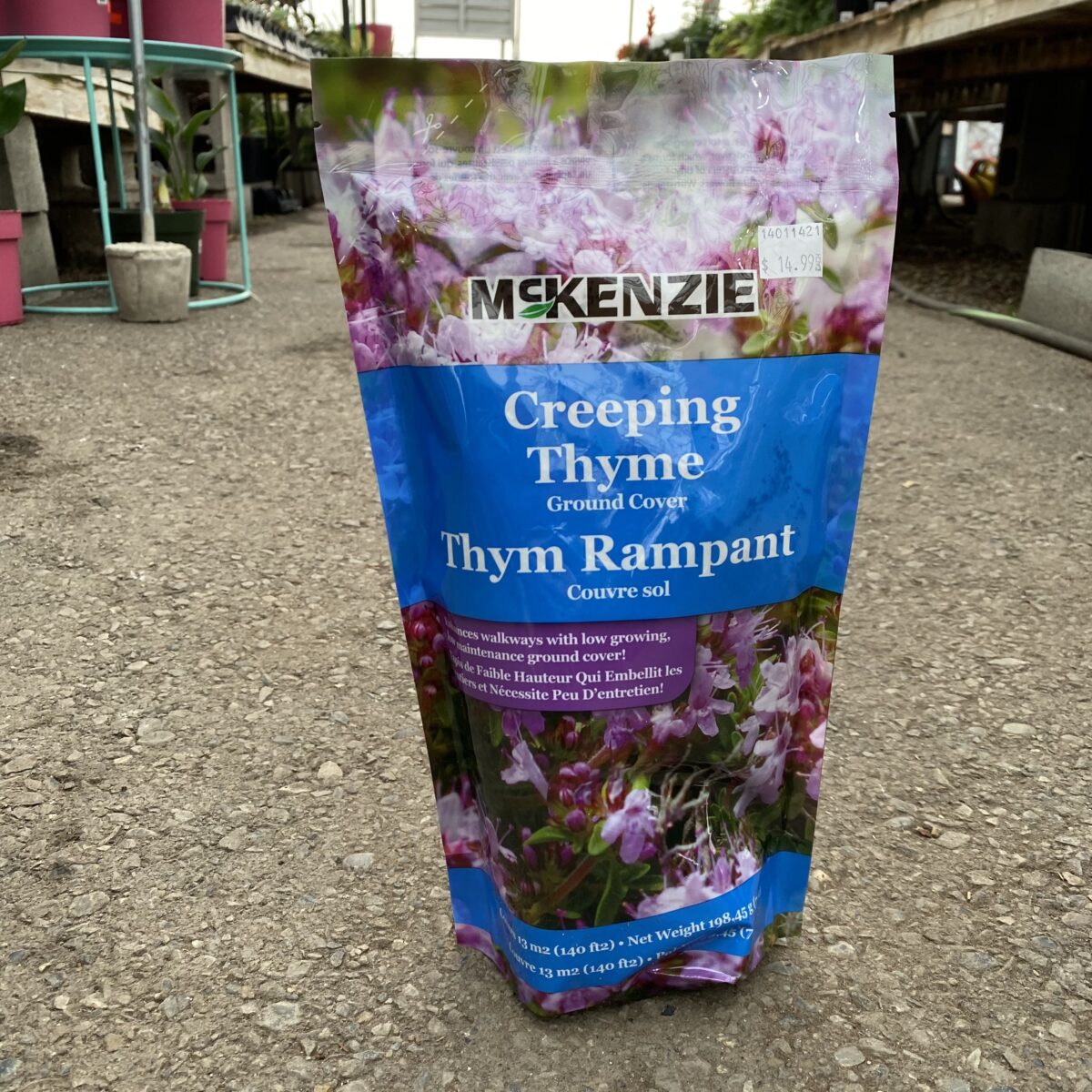
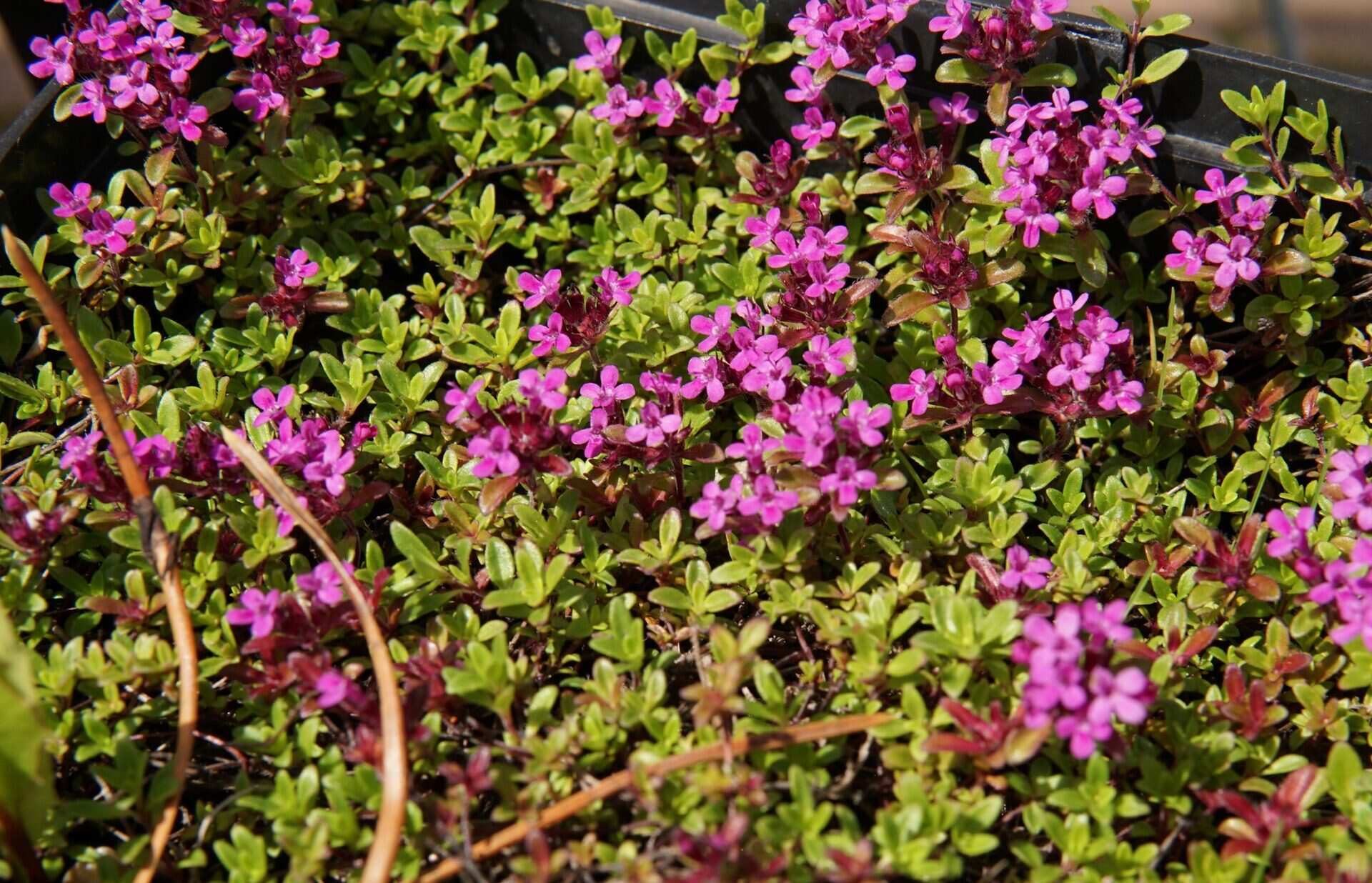
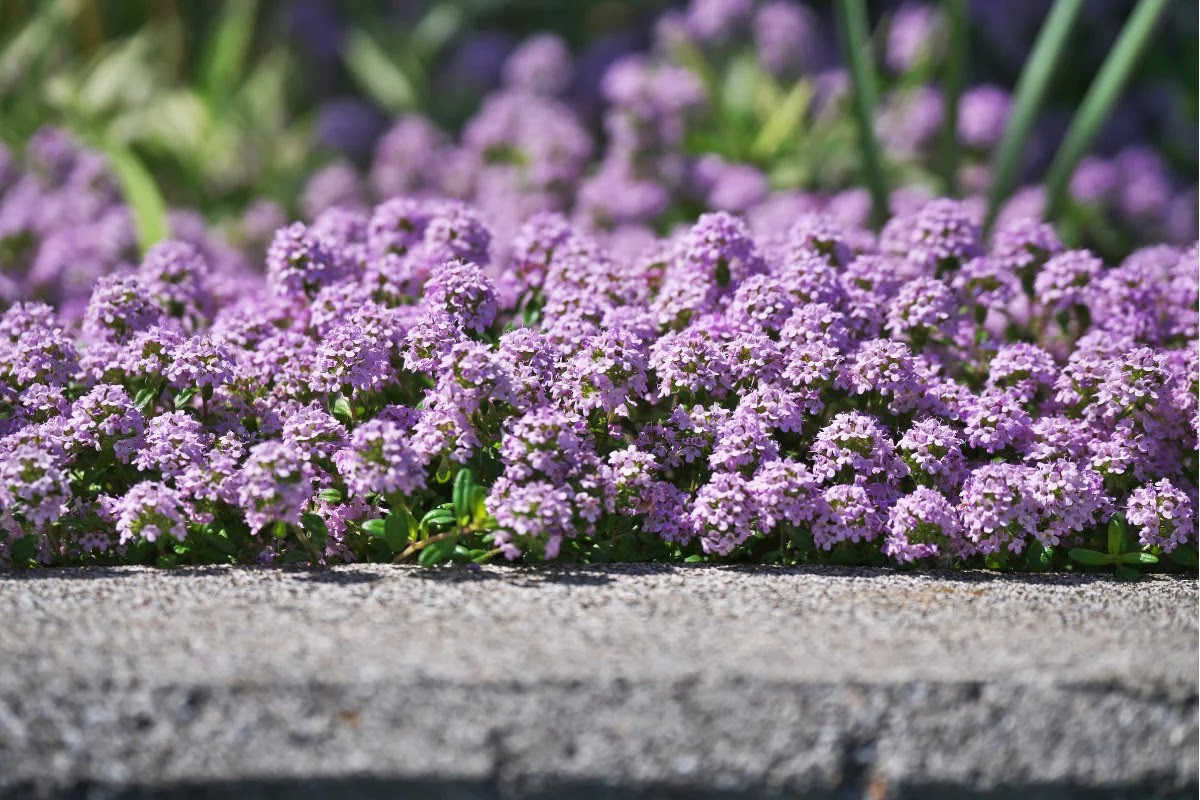
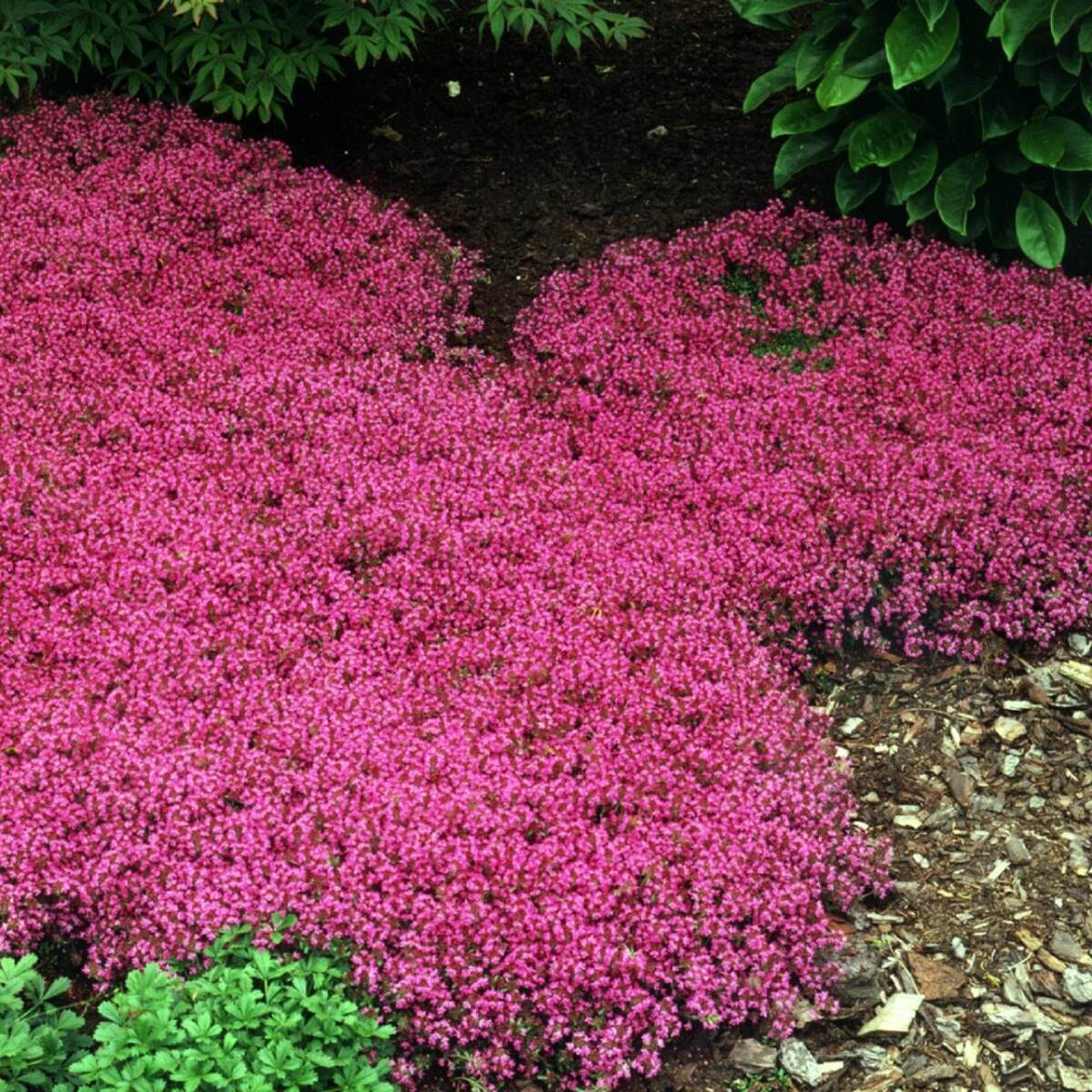
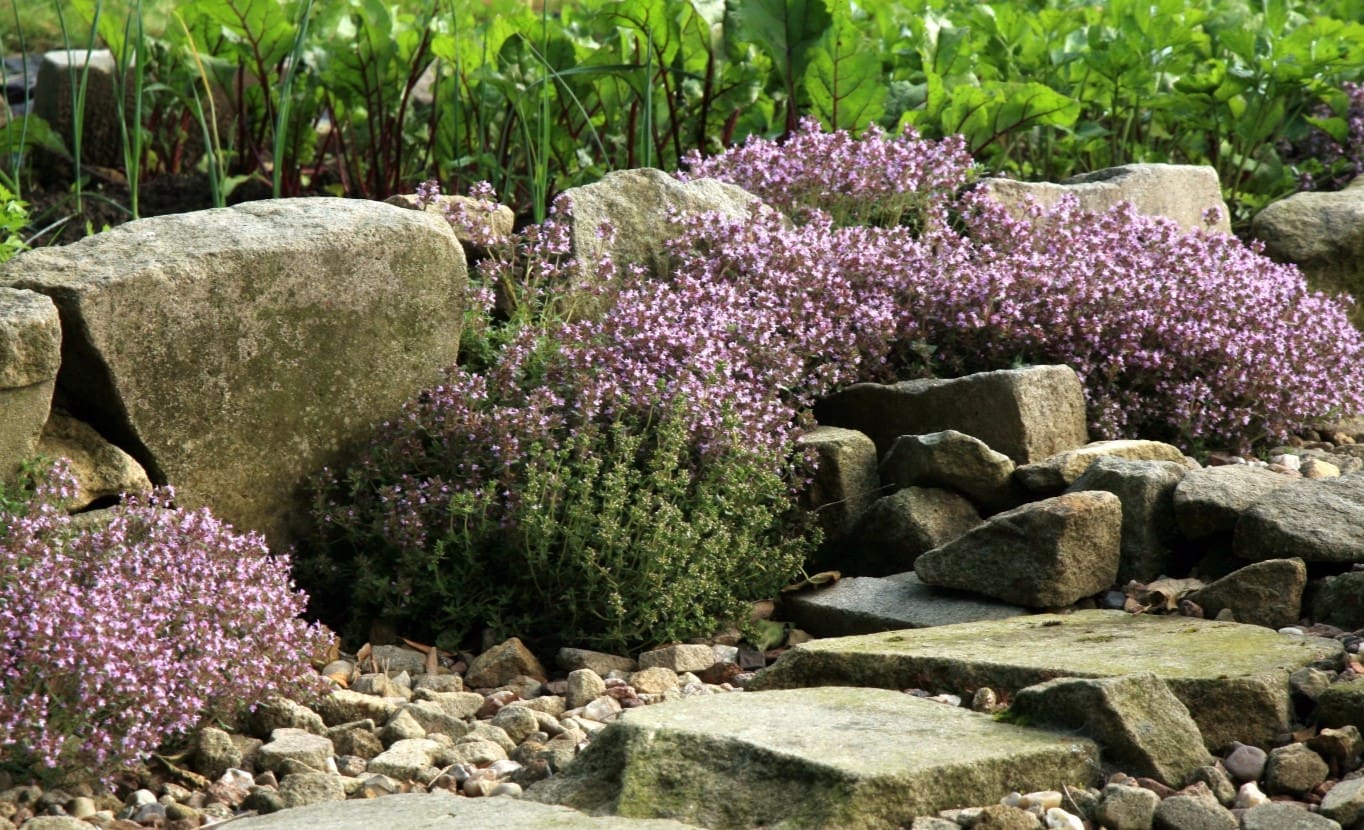
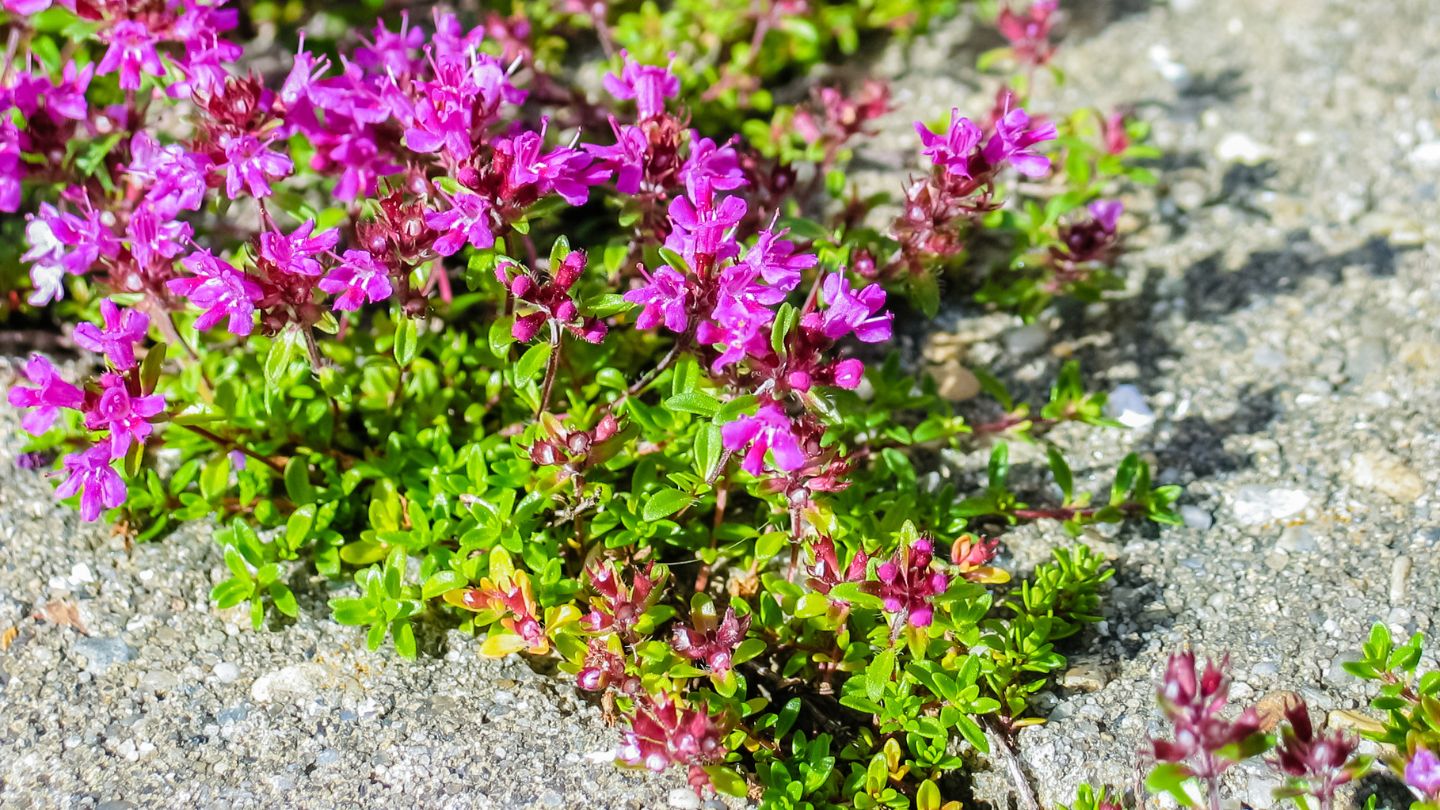
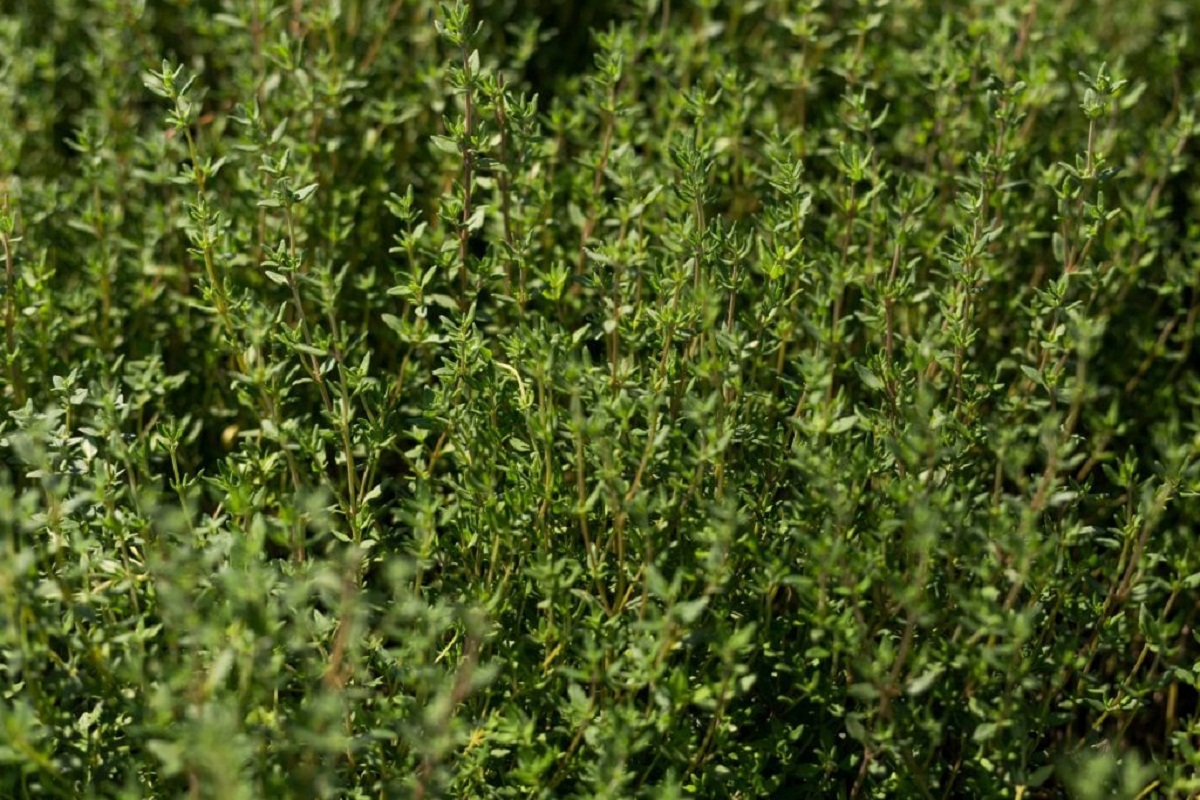
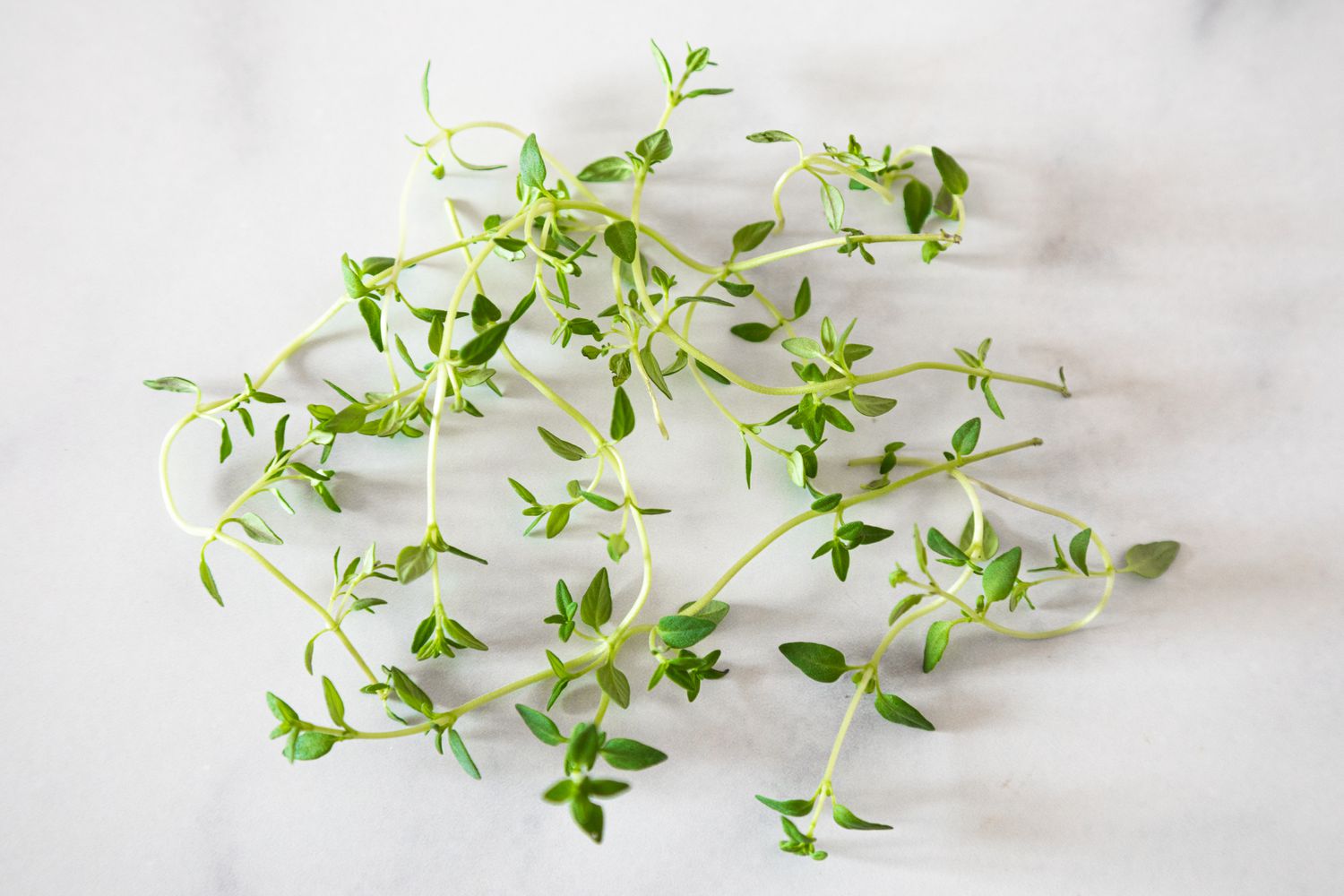
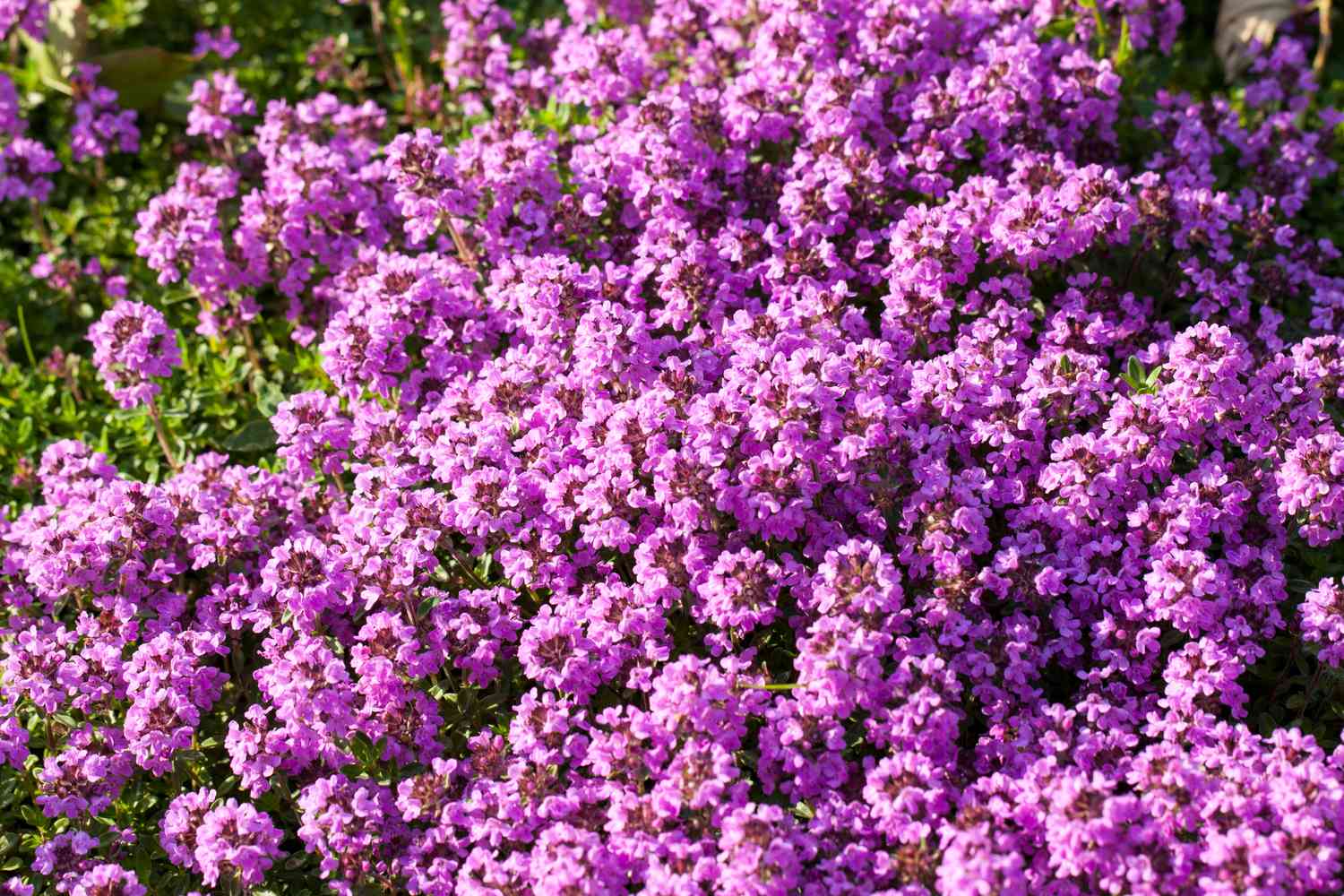
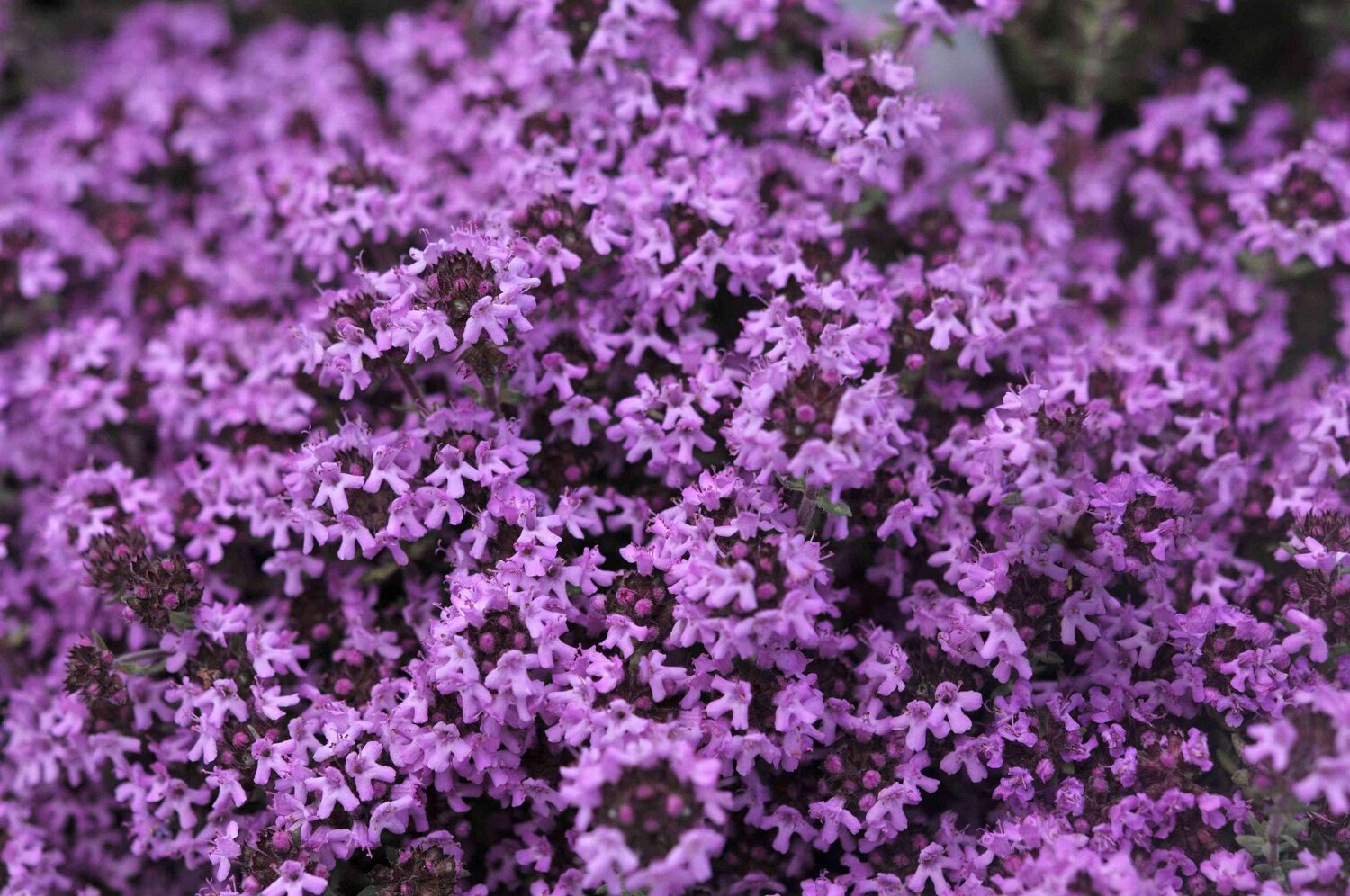
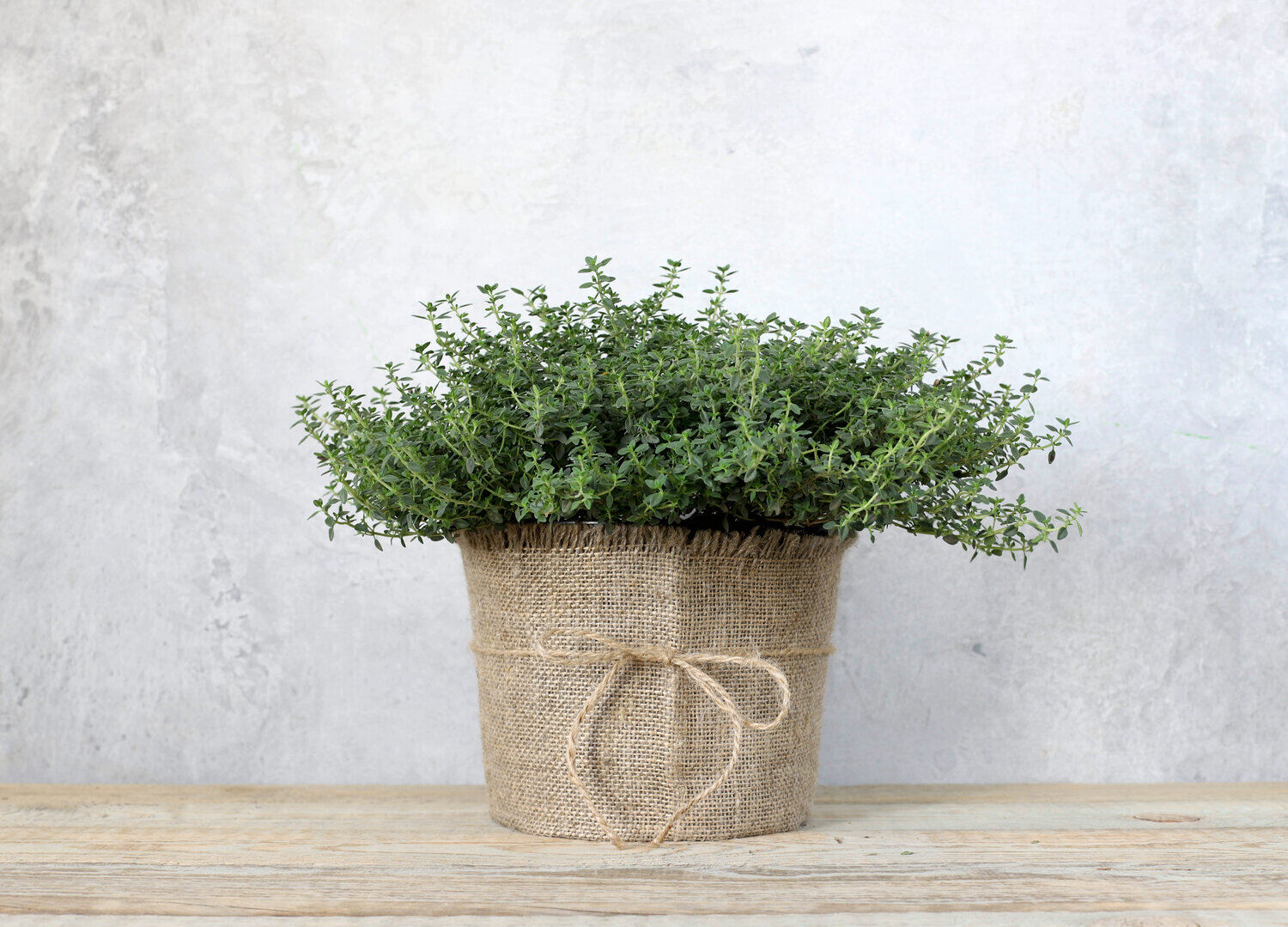
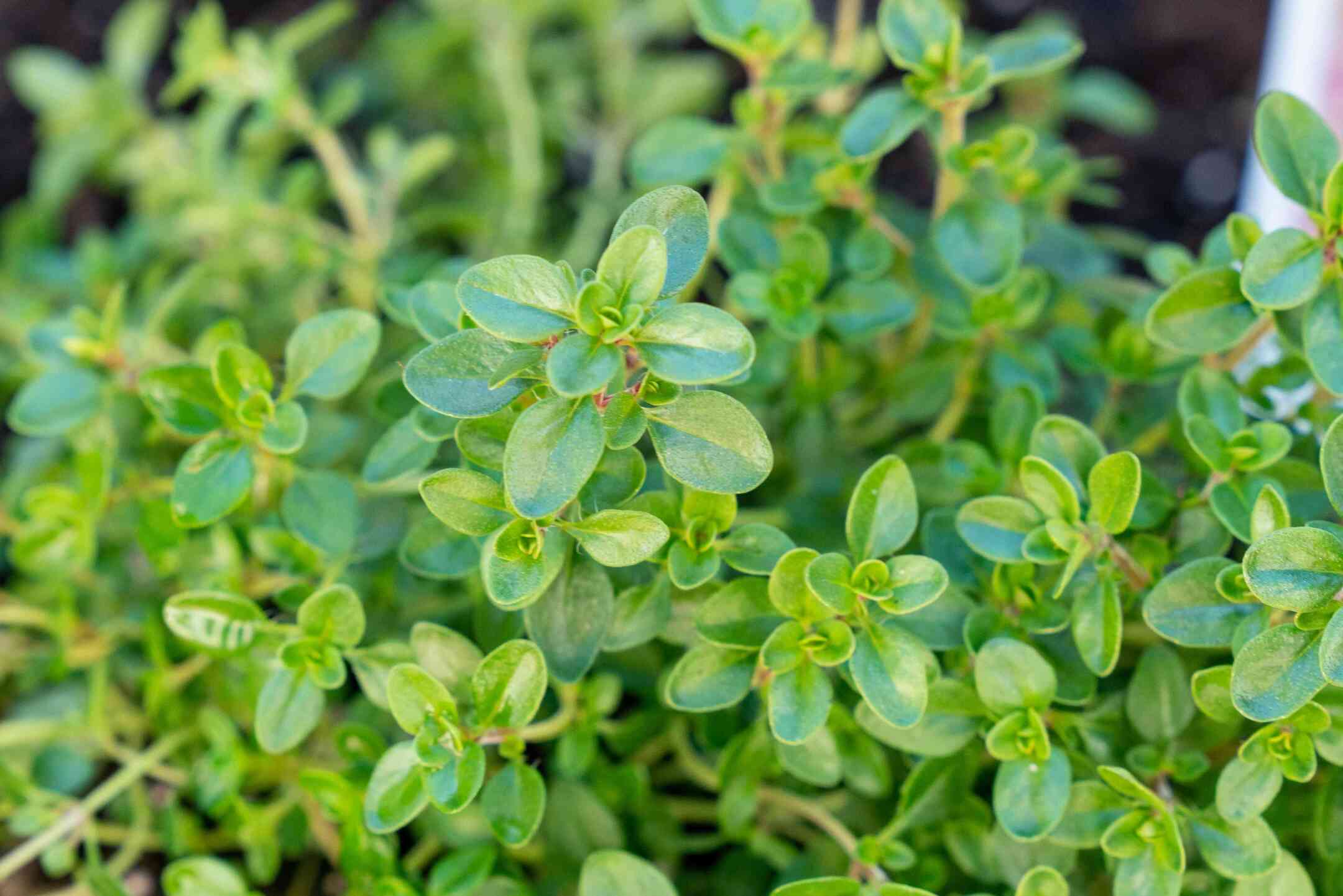
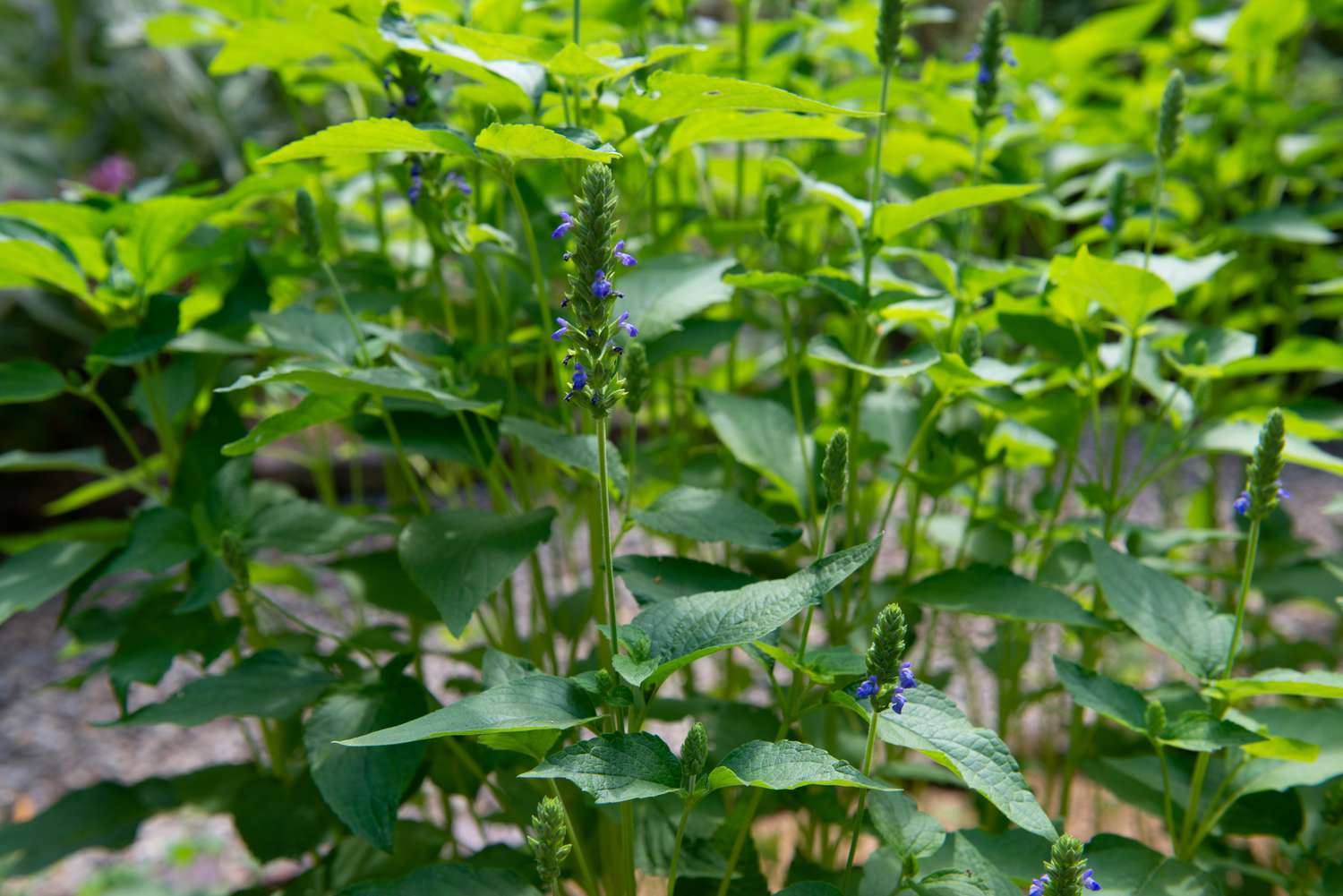

0 thoughts on “Where Does Creeping Thyme Grow”